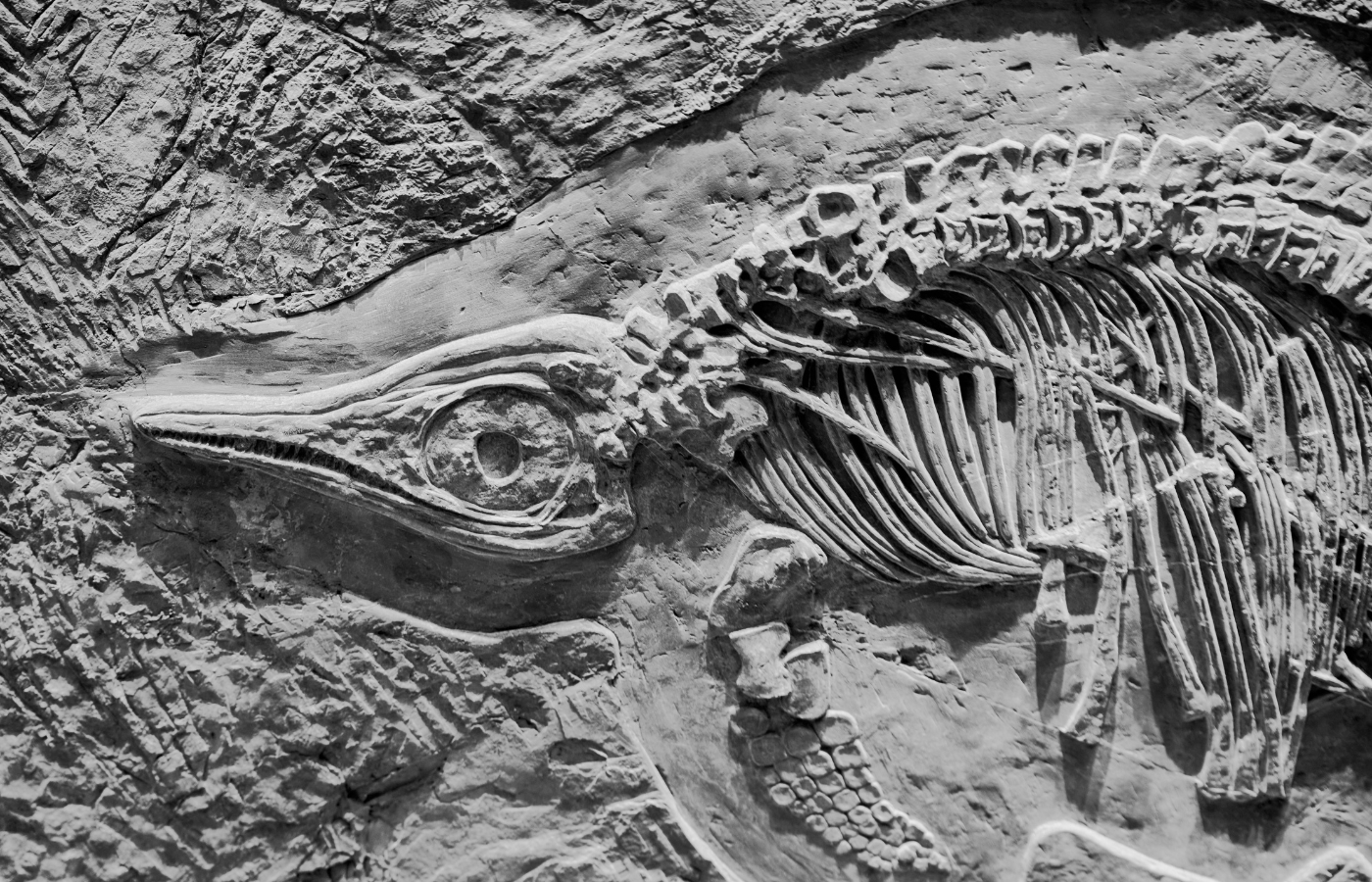Doomsday doesn’t always come from asteroids or alien invasions. Earth itself has all the ingredients to end or massively disrupt life as we know it. From supervolcanoes to magnetic meltdowns, the planet has a few catastrophic cards up its sleeve.
Here are 10 terrifyingly real doomsday scenarios, all grounded in actual Earth science.
1. Supervolcano Eruption
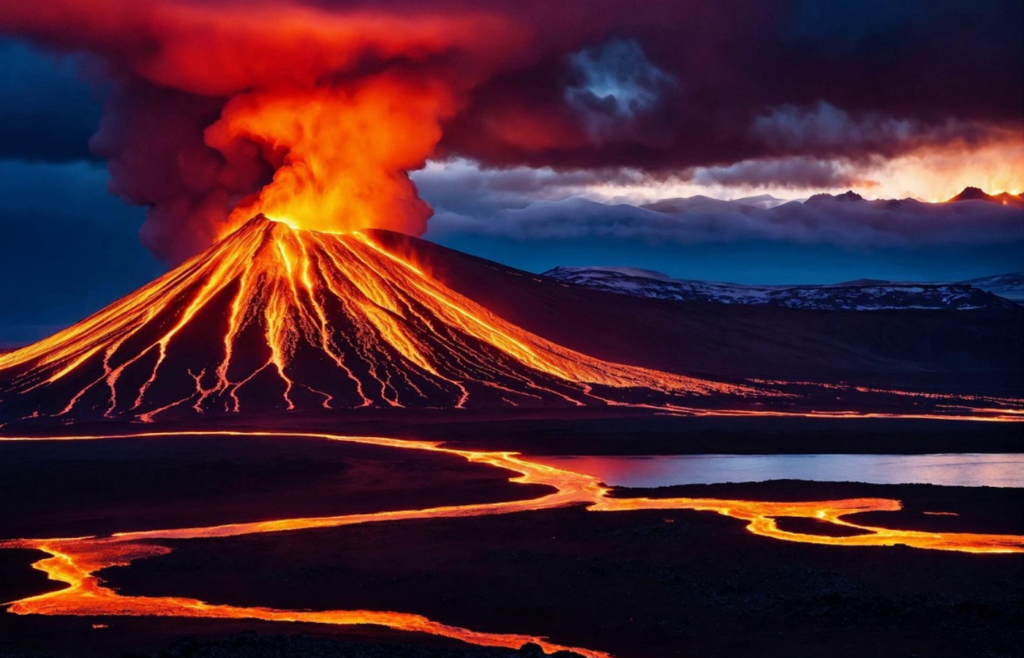
Supervolcanoes like Yellowstone or Campi Flegrei have the potential to erupt thousands of times the force of a typical volcano. The resulting ash could blanket entire continents, trigger a volcanic winter, and collapse agriculture, leading to global famine. It’s not a doomsday scenario such eruptions have occurred before, and the magma remains beneath the surface, still active.
2. Mega Earthquake Along a Major Fault

A megaquake along fault lines like the Cascadia Subduction Zone, San Andreas, or the Himalayan front could bring widespread destruction to entire regions. Infrastructure could collapse, tsunamis could devastate coastal areas, and millions might be without food, water, or power for months. It’s not a question of if, but when such a catastrophic event will occur.
3. Global Tsunami Triggered by Landslide or Quake
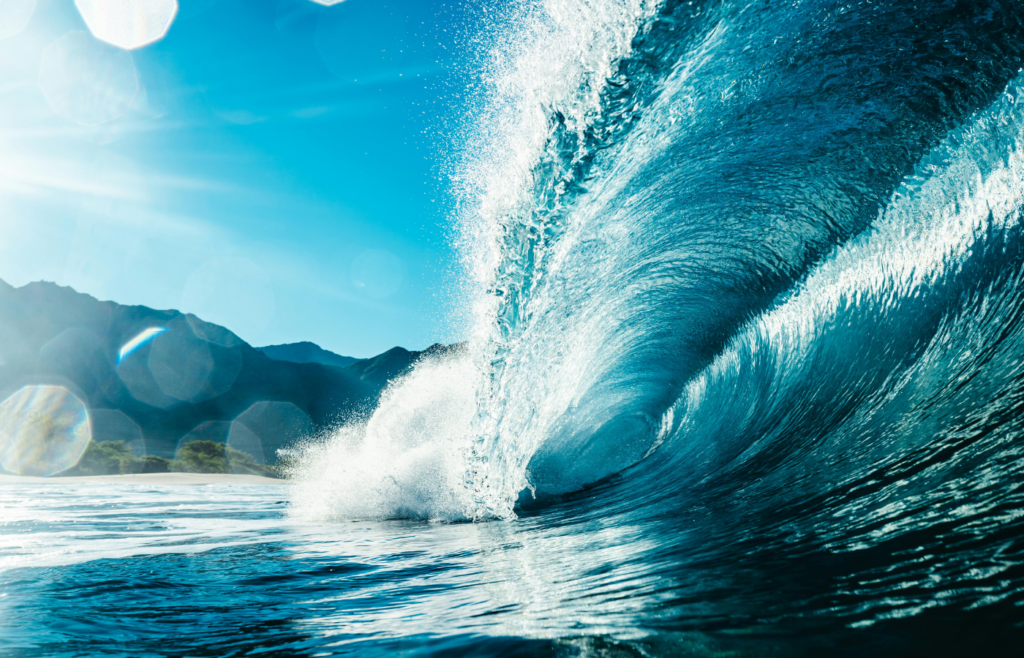
A massive underwater landslide or a megaquake, similar to the 2004 Sumatra earthquake, could generate tsunamis powerful enough to travel across entire oceans. One chilling theory even suggests that a portion of the Canary Islands might collapse into the sea, triggering a massive wave that could strike the U.S. East Coast with little warning.
4. Earth’s Magnetic Field Reversal
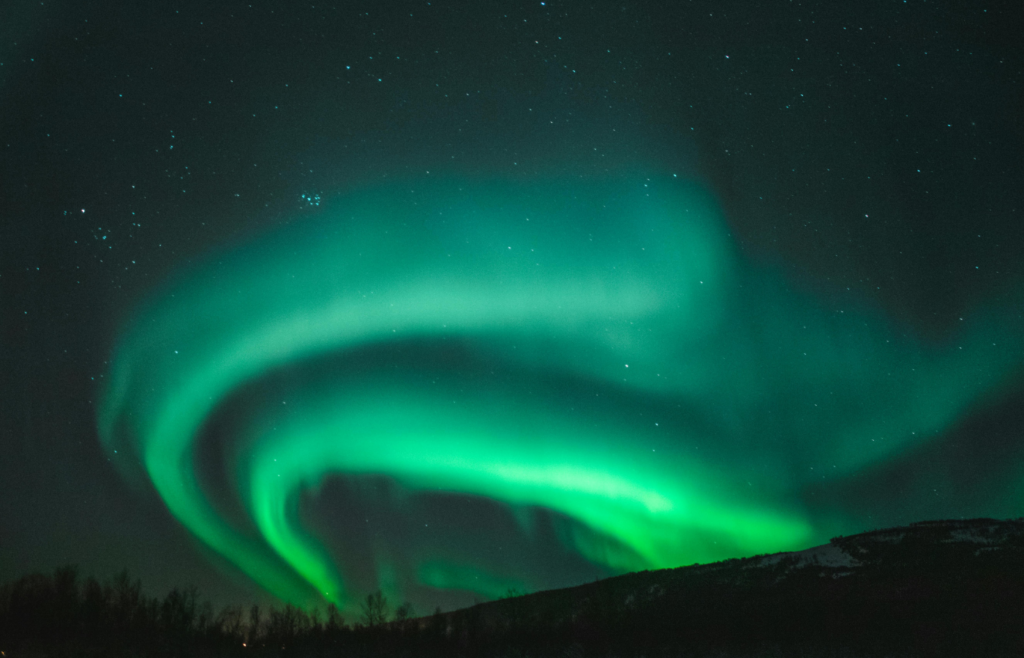
Earth’s magnetic poles have flipped multiple times throughout history, and they will flip again in the future. During this process, the magnetic field weakens, reducing the planet’s protection against solar radiation and cosmic rays. This could lead to disruptions in satellite operations, power grids, and potentially even DNA in living organisms. While the flip could take centuries, some scientists believe it may already be in progress.
5. Massive Solar Storm (Carrington Event 2.0)
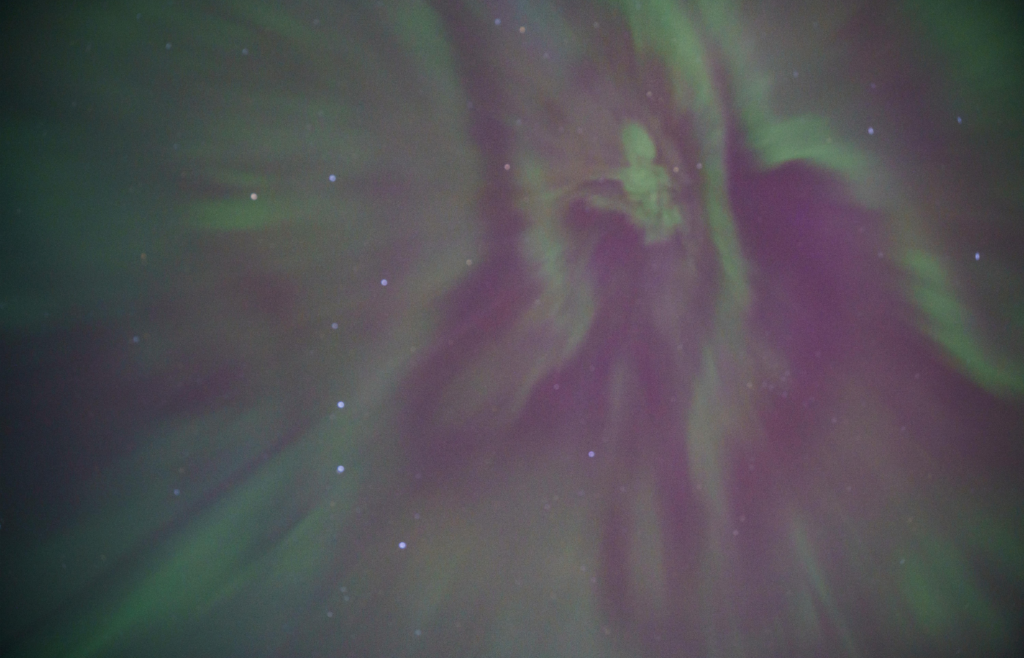
A powerful coronal mass ejection (CME) from the sun, similar to the Carrington Event of 1859, could wreak havoc on modern technology. While the 1859 event mainly disrupted telegraph lines, a CME today could disable satellites, internet, GPS, and power grids worldwide. The aftermath could cause widespread communication and power outages, and recovery might take months or even years.
6. Abrupt Climate Shift
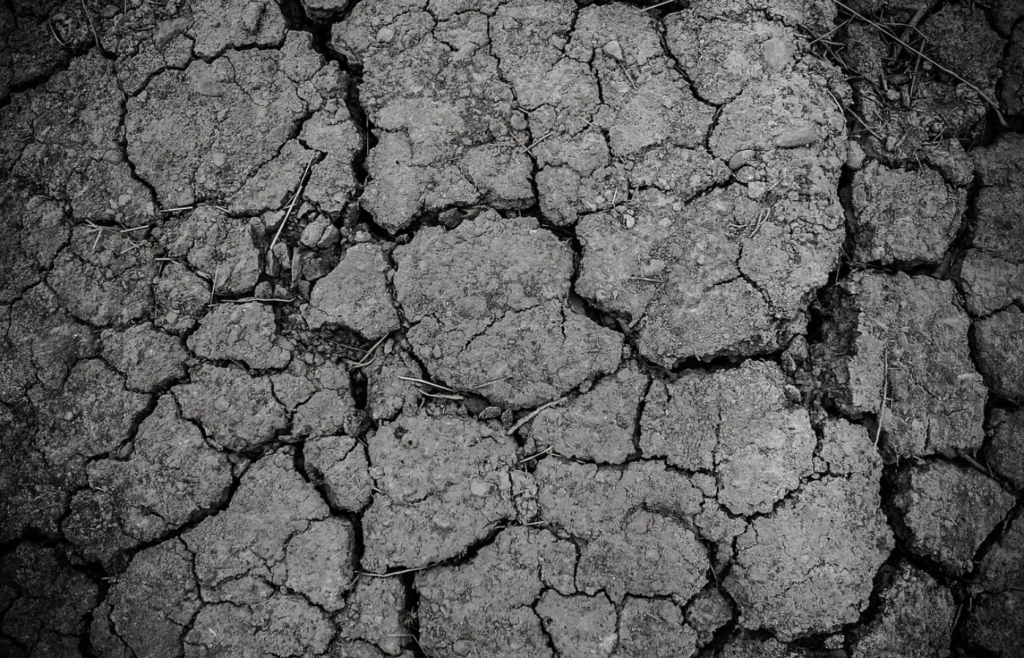
Climate change is already underway, but there are fears of abrupt shifts in Earth’s systems like the collapse of ocean currents or the sudden release of methane from thawing permafrost. These changes could trigger rapid sea level rise, extreme droughts, food shortages, and massive migration. The most alarming part is that such shifts might not unfold over centuries; they could happen within decades, leaving little time to adapt.
7. Methane Release from Permafrost
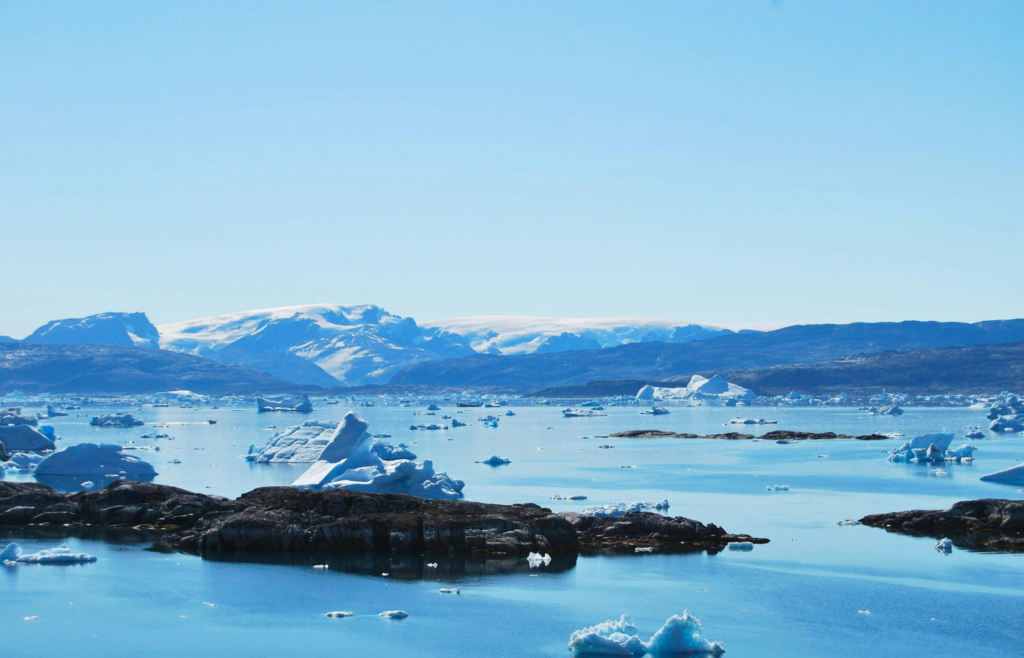
As permafrost defrosts in the Cold, it discharges methane, a nursery gas far stronger than CO₂ in the brief term. A sudden surge in methane seems to trigger a fast and emotional increment in worldwide temperatures, advance destabilizing climate designs, and push environments past their capacity to recoup. This input circle might altogether quicken the climate emergency.
8. Global Famine from Crop Failure

A convergence of factors like prolonged droughts, soil degradation, extreme weather events, or even a volcanic winter could lead to a global food crisis. With the added pressure of population growth, the world could face widespread hunger, food shortages, and political instability. History shows that civilizations have collapsed due to crop failures and in today’s interconnected world, the consequences could be even more devastating.
Read More: Top 10 Reasons Yellowstone’s Supervolcano Keeps Scientists Up at Night
9. Ocean Current Shutdown (AMOC Collapse)
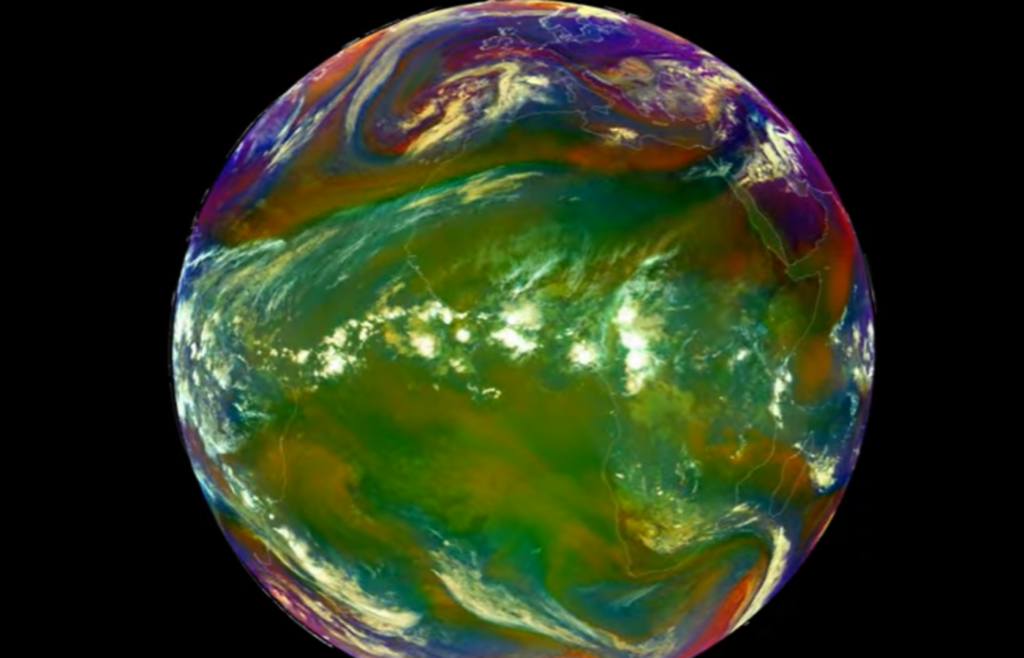
The Atlantic Meridional Overturning Circulation (AMOC), which includes the Gulf Stream, plays a crucial role in regulating Earth’s climate. If it slows down or collapses something scientists believe may already be happening it could trigger severe consequences. Europe could experience a dramatic cooling, while Africa might face worsening droughts, and North America could see increased flooding risks. This shift has occurred in Earth’s past during the Ice Age, and current trends suggest human activity might be accelerating the process.
Read More: Top 10 Strangest Things Ever Erupted from a Volcano
10. Mass Extinction Triggered by Earth’s Own Systems
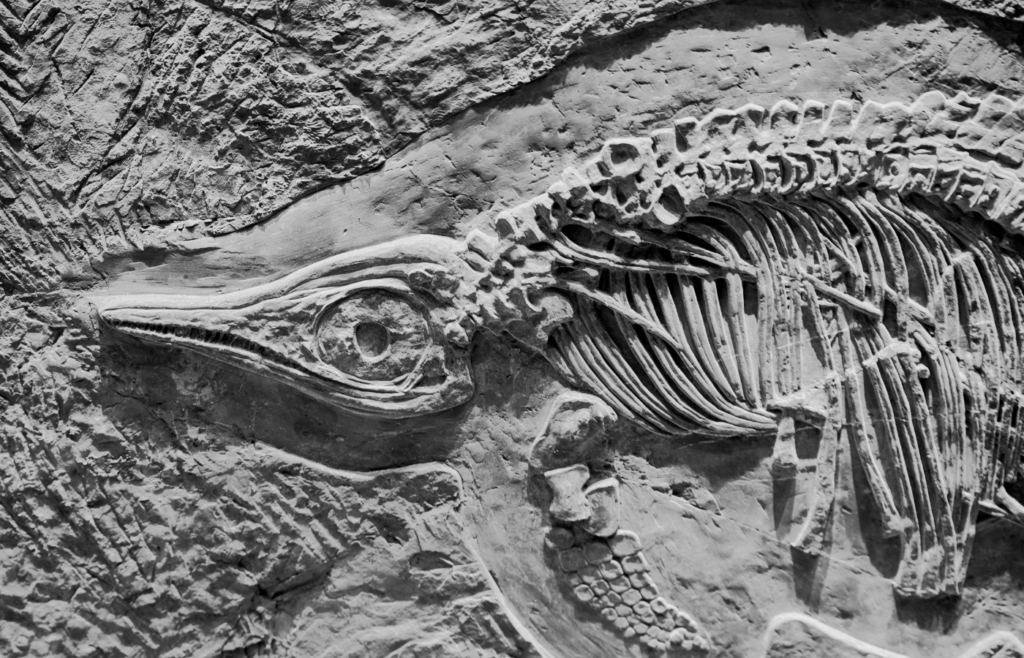
Earth has experienced five mass extinctions, typically caused by volcanic activity, ocean acidification, or drastic climate changes. Today, a sixth extinction is underway, largely driven by human activities like deforestation, pollution, and climate change. However, natural forces such as the release of toxic gases, oxygen-starved oceans, or catastrophic feedback loops could accelerate this process, pushing ecosystems into rapid collapse and threatening species across the planet.
These scenarios aren’t fantasy. They’re possible outcomes based on real processes already happening beneath our feet, in our skies, and in our oceans. The Earth is beautiful but it’s also powerful, unpredictable, and sometimes, a little terrifying.
Read More: Top 10 Weather Phenomena That Science Still Doesn’t Fully Understand

